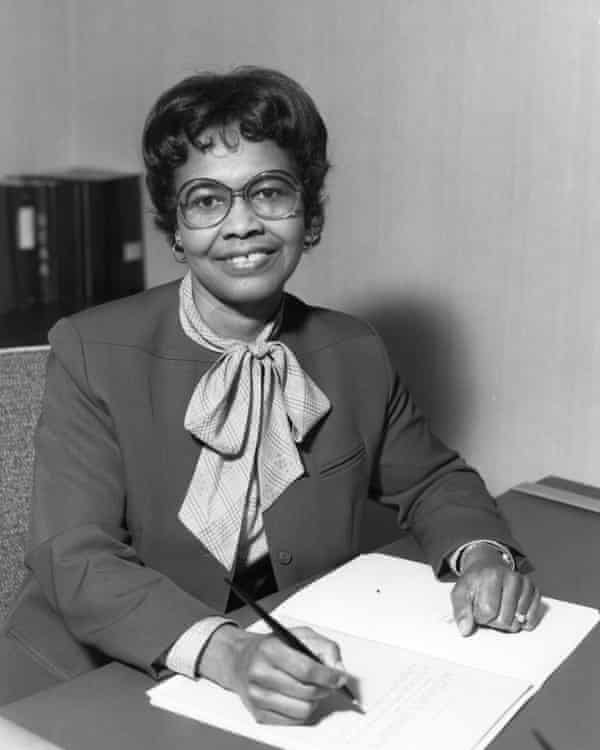With Black History month coming to an end, now is a great time to reflect on how black women have contributed historically to the field of STEM.
STEM refers to science, technology, engineering, and mathematics. It is used to refer to these terms and fields as a whole. While Black women have contributed significantly to these fields, these pioneers often find themselves underappreciated in comparison to their white, male counterparts. It is near impossible to properly credit every one of these women, as their stories and contributions are often erased by history. Because of this, the preservation of these women’s stories is crucial. Here are five black women who contributed historically to the field of STEM.
Dr. Dorothy Lavinia Brown (1919-2004)

Doctor Dorothy Lavinia Brown was the first African-American female surgeon in America’s deeply segregated South. She practiced in the Southeastern United States against almost universal resistance. Dr. Brown served as the chief of surgery at Nashville’s Riverside Hospital, professor of surgery at Meharry Medical College, and educational director for the Riverside-Meharry Clinical Rotation Program from 1957 to 1983. Brown’s perseverance, bravery, and determination allowed for her to break through barriers that few had broken through before.
Mary Jackson (1921-2005), Katherine Johnson (1918-2020), and Dorothy Vaughan (1910-2008)



Mary Jackson, Katherine Johnson, and Dorothy Vaughan worked as “human computers” for NASA, and were tasked with making complex equations to ensure that they were done correctly by NASA’s computers. They were forced to work separately from their white coworkers due to NASA’s segregational policies at the time. The work they did was instrumental in Project Mercury, which was responsible for sending the first American man into space. The contributions of these women were honored by the movie “Hidden Figures” (2016).
Dr. Gladys West (1930-Present)

Gladys West, Ph. D. was one of the first Black employees and the first African-American women to be hired as a programmer in a naval base at Dahlgreen, Virginia. Dr. West is most well known for her work that influenced the creation of the GPS. West programmed an IBM 7030 Stretch computer and provided calculations for an accurate Earth model. This mathematic model of Earth was used as the groundwork for what we now know as the GPS. West gained a PhD in public administration and policy affairs at the age of 70. She was inducted into the US Air Force Hall of Fame at the age of 88.
The contributions of these women have broken barriers and paved the way for Black women of the present. While more and more women of color are entering STEM fields every year, women of color are still underrepresented in these industries. As of 2021, Black Americans only made up 9% of STEM jobs. While women now make up majority of all undergraduate and advanced degrees, they only make up a small fraction of STEM workers and majors.
Black History month is crucial because it allows for the sharing of stories that have previously gone unrecognized. For more information, visit:
Mary W. Jackson Biography | NASA
Katherine Johnson Biography | NASA
Dorothy Vaughan Biography | NASA
Gladys West: the hidden figure who helped invent GPS | Society | The Guardian
Gladys West: Black Mathematician Who Helped Invent GPS –
The Under-Representation of Black and Racialized Women in Canadian Academia | hEr VOLUTION
